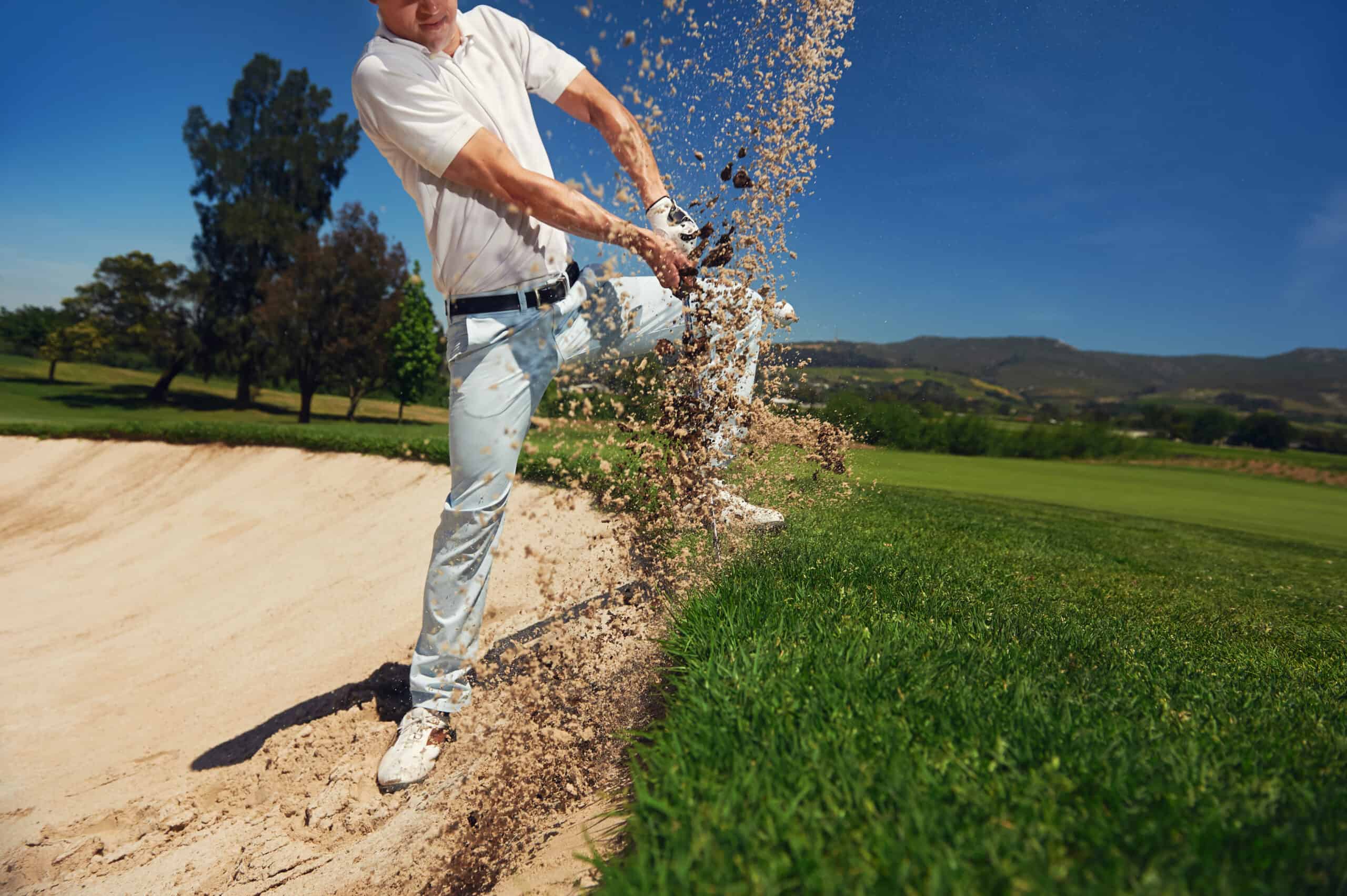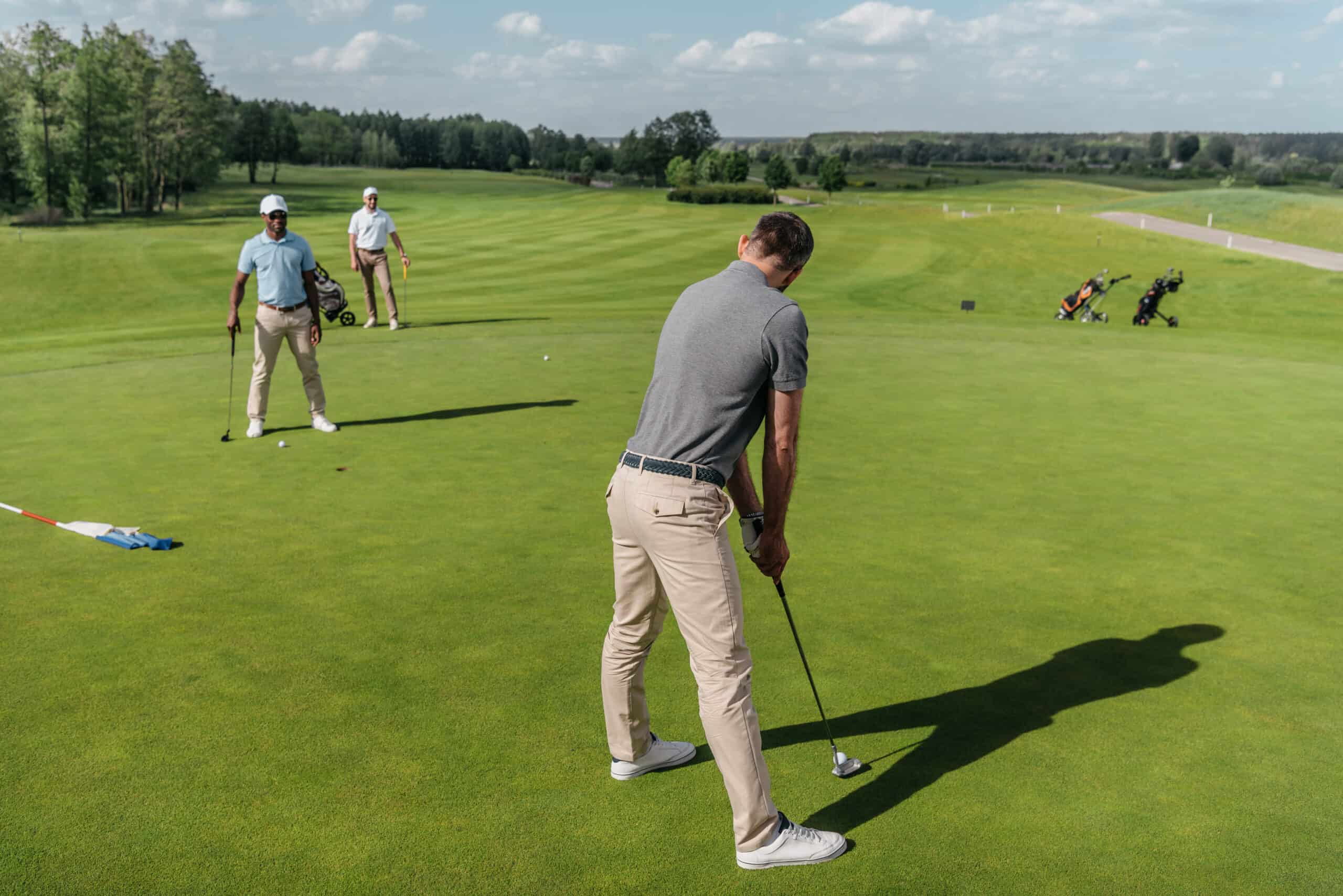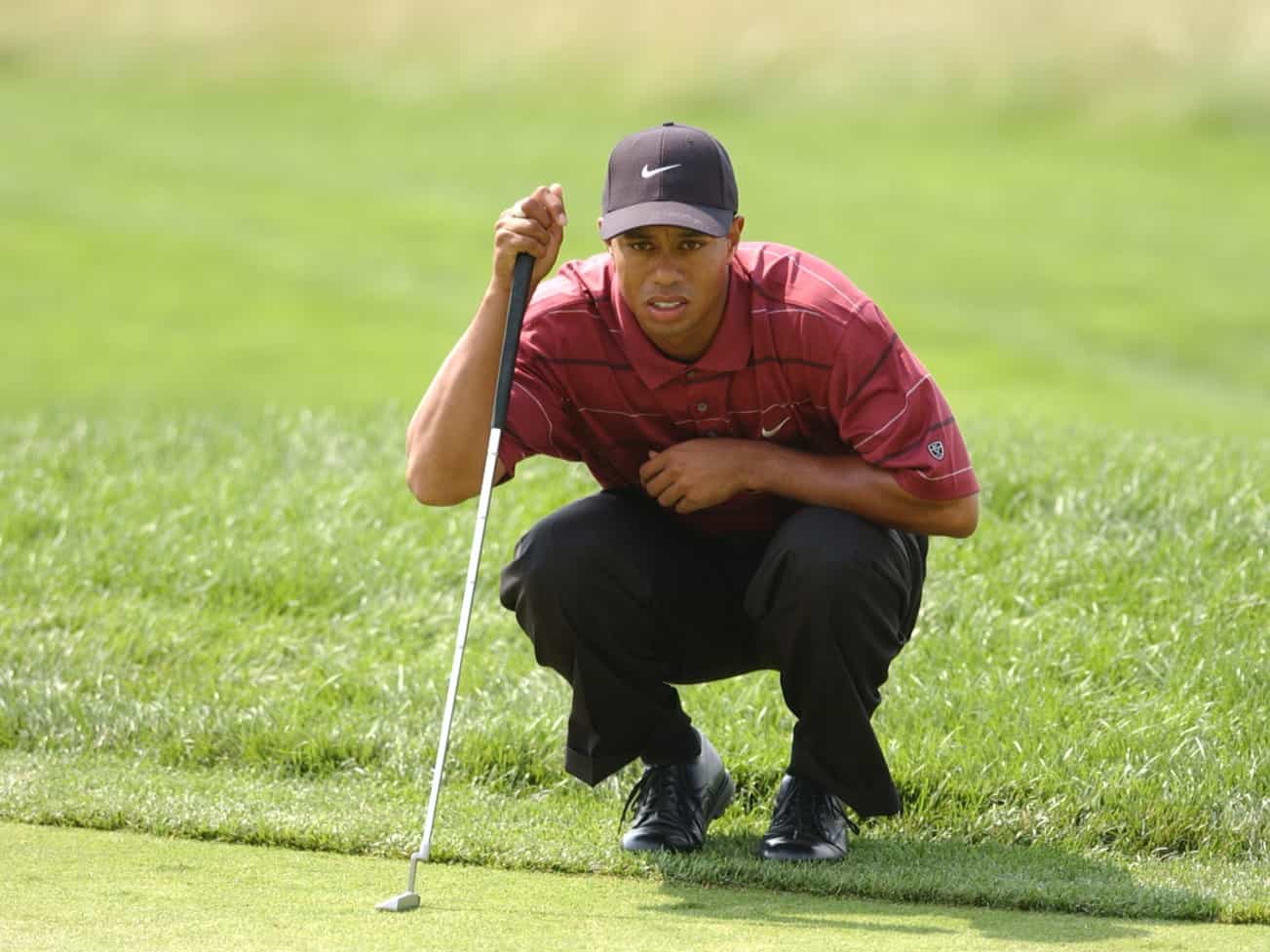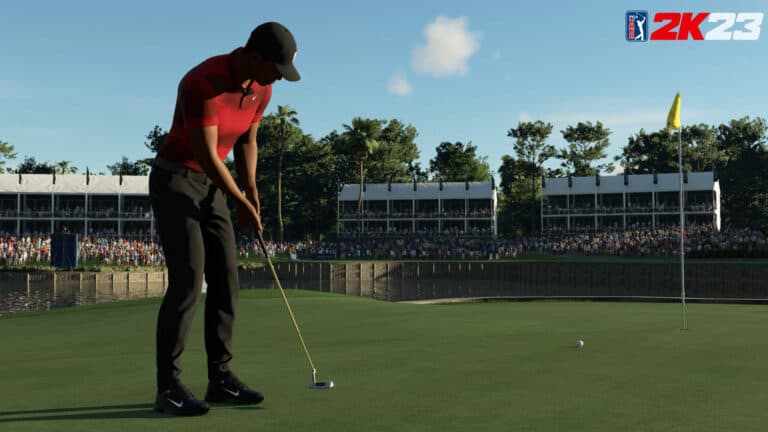Golf Instructor Reveals The Top 10 Mistakes Almost Every Player Makes

Eleven-time world golf champion Walter Hagen once said that he expected to make at least seven mistakes in any given round of golf that he played. If that doesn’t tell you that mistakes are part and parcel of being a golfer, nothing will! But what are the most common mistakes that should be focused on and fixed?
How Many Errors Is Too Many Then?

On the course, there will be errors. But if you’re closer to the 20 mistakes range per round, then it’s worth examining your game a little to see where you can improve.
If you quickly look at the top 10 mistakes almost every golfer makes, many of them are easily fixable with just a bit of training.
Poor Grip and Posture

Your grip and posture are fundamental to a good swing but often get ignored. It’s not “just how you hold it” or “how you stand”—they’re the rudder of your entire game. The wrong grip or posture automatically makes it harder to play good shots because you could accidentally “lead” the ball the wrong way.
Yes, grip and posture make that much of a difference. Grip the club about a half-inch away from the end for better control. Do your research and learn how to grip the club properly. Align your shoulders, hips, and feet.
Neglecting Course Management

Course management is assessing each hole, deciding which clubs to use for each shot, and making better on-course decisions. If you’re familiar with the course, you should have a plan for each hole. This will help you to avoid wasting energy and streamline your round.
So, how do you manage yourself better on the course? Know your yardages for each club, track your data (and assess it afterward), and if you want to lower your score, play it safe. As they say, sometimes good golf is boring golf.
Not Knowing Your Yardages

If you don’t know each club’s yardage, how do you know which club to choose for which shots? Club selection can either help you improve or hold you back, so this is key to becoming a better golfer.
Here’s What To Do

Hit about ten shots for each of your clubs, measure the distance, and take an average. Repeat this process every month or so to account for improvements in your strength and power.
You can do this on a golf simulator or driving range for accurate distances, but remember that you’ll need to account for wind, uphills, downhills, and hazards when you’re on the real course.
Trying to Hit Too Hard

Hitting a powerful shot comes down to your timing and not your strength. Trying to hit hard can result in a poor shot because you end up tensing your muscles, losing your balance, and ruining your swing rhythm.
If you focus on a smooth, controlled, and well-timed swing, the golf club will do all the work for you. You won’t need to overexert yourself and inadvertently ruin your shot. Stop trying so hard to put power into your shots and work on your rhythm and timing instead.
Using the Wrong Club

So you know your yardages. You know your distances on the course, thanks to your rangefinder. An all-too-common mistake is choosing a club to match the yardage without considering external factors.
A high wind, a slight breeze, an uphill slope. Many things need to go into your club selection, not just the yardage of each club. In most cases, choosing a club from the equivalent yardage will work better unless you’ve got a nice tailwind behind you.
Failing to Read Greens Properly

Learning to read a green is an invaluable skill. Misreading the green you’re playing can add shots to your score. Many golfers spend far more time on the driving range than on the putting green, which could open your short game for mistakes.
In this case, practice often makes it not perfect but a lot better. Get on the putting green and work on reading the green; from there, you can work on responding with the right shots.
Playing the Wrong Clubs for the Conditions

If you’ve got a crazy headwind, you’ll have to club up to power through it. On the other hand, if you’re playing on a wet day, you might want to club down because the ball won’t roll like it would on a dry fairway.
This takes time and practice to get right. Experiment in different weather conditions, and don’t skip going to the range when it’s less than a bright sunny day—you’ll be missing a valuable learning experience.
Lack of Pre-Shot Routine

We’ve all laughed at that one guy who shuffles his feet 6 times, touches his nose, looks to the east, and then sizes up his shot. But a pre-shot routine could be your best friend for improving your shots.
It narrows your focus, shuts out the external, and gets you into the proper posture. You don’t have to go wild, but make sure you have a routine of getting into a comfortable, athletic posture, relaxing your muscles, visualizing your shot, and playing your shot.
Letting Frustration Take Over

Golf isn’t easy. You need many hours of practice on both the range and the course to improve. And it’s easy to get frustrated along the way. Letting your emotions control you instead of controlling them can be one of the worst things to do.
Emotion causes you to tense up, affecting your swing. Poor shots lead to a bad mood, which hampers your decision-making process. All in all, stay cool and don’t let frustration get to you.
Blaming Everything But Yourself

The wind. The sun in your eyes. That club that “never works for you.” The key to becoming a better golfer is to learn to adapt to the weather, dress for the conditions, and be able to play decently no matter what kind of club you’re holding in your hand.
Will You Give These Expert Tips a Try?

Whether you’re a beginner, an intermediate, or an experienced golfer, knowing the mistakes to look out for is the first step towards fixing them and lowering your handicap. You must be willing to put in the time and effort to improve, or you’ll always be frustrated and annoyed on the course.
Called America’s Number One Value for Golf – Tour Robert Trent Jones Golf Trail’s 11 Public Courses

Yet, with how hard it is to find great public golf courses, legendary golf course architect Robert Trent Jones somehow managed to create eleven of them in Alabama, called the Robert Trent Jones Golf Trail (often referred to as The Trail).
If you’re looking for an affordable yet incredible circuit of golf courses to play, look no further than the Robert Trent Jones Golf Trail!
Robert Trent Jones Golf Trail: 11 of the Best Public Golf Courses in America
Move Over Theme Parks: 17 Thrilling Orlando Golf Courses (Starting at $16 a Round)

Did you know that Orlando is also The Happiest Place on Earth for golfers?
From world-renowned championship courses to breathtaking resort layouts and family-friendly par 3s, there’s something for everyone and every budget. Whether you’re an experienced golfer, just starting, or looking for a course to take your kids, choosing from the over 200 Orlando golf courses can be daunting.
Check out our curated list of the best Orlando golf courses so that no matter which one you choose, your day playing is sure to be a memorable one!
Move Over Theme Parks: 17 Thrilling Orlando Golf Courses (Starting at $16 a Round)
Diabolically Hard: The World’s 30 Most Difficult Golf Courses

Most golfers appreciate a good challenge, but when it comes to course design, there’s a fine line between difficult and sadistic. We’ve looked around the globe and picked out some of the golf courses that have brought even the best players in the world to their knees.
The World’s 30 Most Difficult Golf Courses
What’s a Par 3 Golf Course? Plus, The Top 10 Par 3 Golf Courses In America

Par three golf courses differ from regular golf courses and can offer players of all skill levels a challenging and enjoyable golfing experience. From clean driving ranges to great tee times and nice putting greens to friendly clubhouses, golfers can find everything they need to enjoy their golf game.
What’s a Par 3 Golf Course? Plus, The Top 10 Par 3 Golf Courses In The U.S.
One Golf Achievement Tiger Woods Couldn’t Score – What Is It?

Golf is a beloved game that has been played for centuries and enjoyed by people of all ages and all skill levels. Whether you’re a professional golf player or just a weekend warrior, whether you like golfing for fun or competition, there is something special about the game and its rewarding achievements.
One part of the game that has kept its hold on players’ interests since the creation of golf is striving for specific “achievements.” Despite all of his record-breaking wins, even Tiger Woods doesn’t have this one bragging right.
One Golf Achievement Tiger Woods Couldn’t Score – What Is It?






